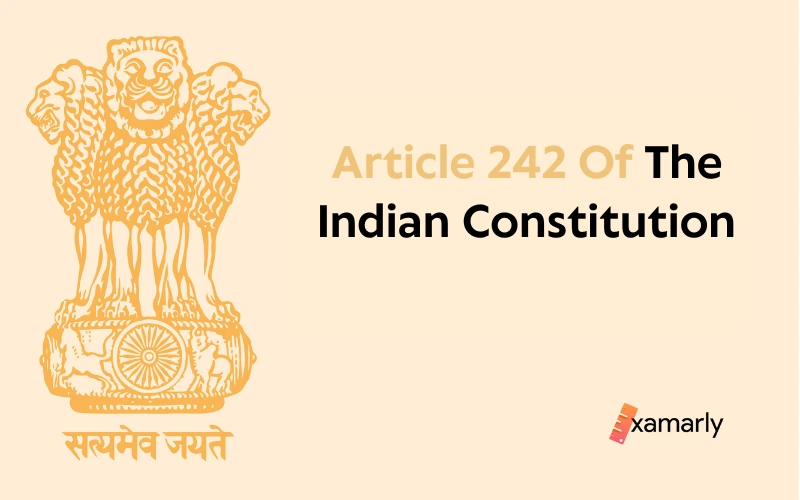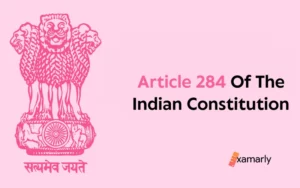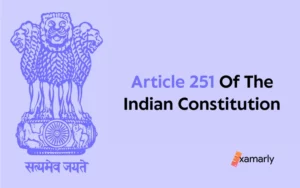Are you aware that Article 242 of the Indian Constitution that pertains to the State Coorg was repealed? If you are searching for the reason behind it then your quest is finished here.
Part A, Part B, Part C, and Part D are the four sections into which India was split in 1950.
Among these, the state of Coorg can be found in Part C. Coorg currently makes up a district in the state of Karnataka. There are special provisions pertaining to Coorg at that time included in Article 242 of the Indian Constitution.
This page provides you with a piece of valuable information regarding Article 242 and why and on what grounds it was omitted and who omitted it.
Why Article 242 Of The Indian Constitution Was Removed?
Article 242 contains specific provisions that apply to Coorg at that time.
However, the States Reorganisation Act of 1956 and the Seventh Constitutional Amendment Act of 1956 were approved to eliminate the distinction between Part A, B, C, and D states.
Part C states were eliminated as a result. In light of the fact that Coorg was included in part C, Article 242, which is connected to it, was subsequently repealed. These states underwent mergers with other states in some cases, and some were termed Union Territories.
Coorg
In accordance with the Indian Constitution, the Coorg State was established on January 26, 1950. Coorg was a province of the Dominion of India prior to the adoption of the Constitution of India, which took effect in 1950.
From 1950 until 1956, Coorg State was a Part-C state in India. The majority of the existing provinces were reorganized into states on January 26, 1950, the day the Indian Constitution went into effect.
Coorg Province afterward evolved into Coorg State. With Mercara serving as its capital, Coorg State was governed by a Chief Commissioner.
Dissolution: When India’s state boundaries were reorganized as a consequence of the States Reorganisation Act of 1 November 1956, Coorg State was made into a district of the then-Mysore State.
In A Nutshell
In that time period, Coorg was the subject of specific provisions that can be found in Article 242.
FAQs On Article 242
What Is The States Reorganisation Act of 1956?
The States Reorganisation Act of 1956 was responsible for redrawing the geographical boundaries of Indian states and territories, standardizing them on the basis of language.
The State Reorganization Commission was established in 1953, and its report on the reorganization of the states into 16 states and 3 union territories was presented in 1955. The State Reorganization Act, passed by Government in November 1956, split the nation into 14 states and 6 union territories.
What Are Part C States?
It included certain princely states as well as the provinces of the former chief commissioners. There was a chief commissioner who was appointed by the President in charge of these states. Ajmer, Bhopal, Bilaspur, Coorg, Delhi, Himachal Pradesh, Cutch, Manipur, Tripura, and Vindhya Pradesh were the states that made up Part C.
Why Was Article 242 Repealed?
The States Reorganization Act of 1956 and the Seventh Constitutional Amendment Act of 1956 were both passed in 1956 with the intention of doing away with the division between Part A, Part B, Part C, and Part D states.
States under Part C were therefore abolished. Article 242, which is related to Coorg was subsequently repealed as a result of Coorg being included in part C.
Why 7th Amendment Was Implemented?
The seventh amendment to the Indian Constitution was required because it was essential to put into action the suggestions made by the States Reorganisation Commission for the reorganization of the states on the basis of their respective languages. It opened the door to the introduction of Union Territories and the elimination of the A, B, C, and D designations for states.






